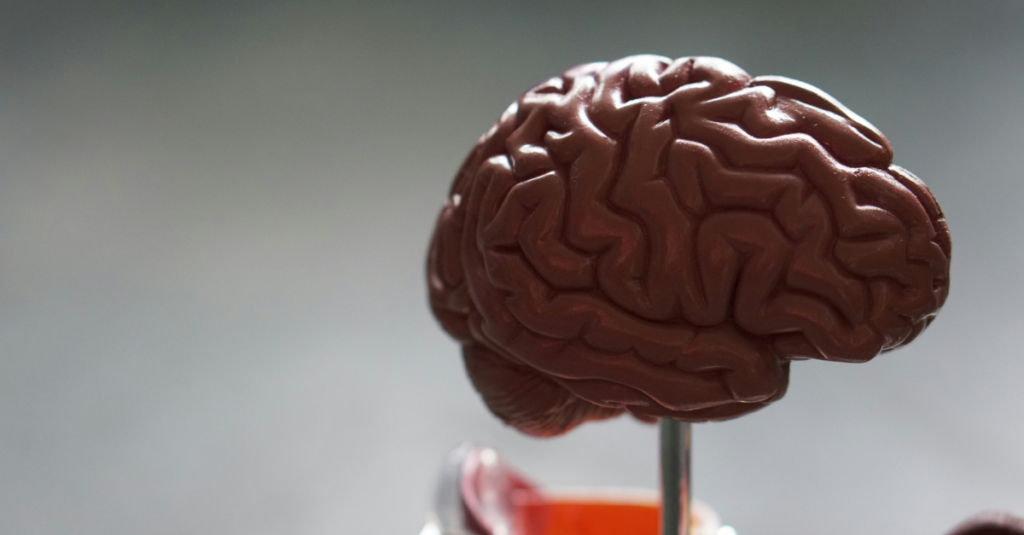When most people hear the word “autism,” they probably think of children or adults incapable of communicating or acting oddly. Although autism spectrum disorder (ASD) can affect people differently, the experts understand that there are some common characteristics. It’s important to remember, however, that ASD is a “spectrum” disorder, which means that people with ASD can fall anywhere on a continuum from very mild to very severe. Here’s a look at some of the hallmarks of ASD.

What Is ASD?
The National Institute of Mental Health defines ASD as “a developmental disorder that affects communication and behavior.” Although there are different autism spectrum disorders, they all share specific symptoms. These include repetitive behaviors and challenges with social skills, speech, and nonverbal communication.
Professionals claim ASD begins in early childhood and lasts throughout a person’s life. It’s important to note that ASD is not a single disorder but a group of related disorders with similar symptoms. The most common form of ASD is called autism spectrum disorder.
Impairments In Social Interaction And Communication
People with ASD often have difficulty interacting with other people. They may avoid eye contact, fail to respond to their name being called, or not understand simple gestures such as waving goodbye. They also may have trouble understanding other people’s emotions and expressing their own emotions. For example, they may not understand why someone is smiling or laughing and may not smile back or laugh unexpectedly at an inappropriate time.
Repetitive Behaviors And Interests
The experts understand that people with ASD often have repetitive behaviors, such as hand-flapping, spinning, or lining up toys in a certain way. They also may become fixated on particular objects or interests, such as numbers, doors, or light switches.
These behaviors may seem unusual or even bizarre to others, but they can be enjoyable for someone with ASD.
Unusual Sensory Behaviors
People with ASD may react unusually intensely to certain sounds, smells, tastes, textures, lights, or colors. They also may not like being touched, have a strong need for specific surfaces, and may eat only a few foods.
Changes In routines can be challenging for people with ASD. For example, they may become agitated and act out negatively if their breakfast cereal is served in a different bowl than usual.
What Causes Autism?
The experts say Autism is a neurological disorder that affects a person’s ability to communicate and interact with others. The exact cause of autism is unknown, but it is believed to be caused by a combination of genetic and environmental factors. Autism spectrum disorder (ASD) is the term used to describe a group of disorders characterized by challenges with social skills, repetitive behaviors, and communication difficulties.
ASD can be diagnosed by observing a child’s behavior and looking for signs of social, communication, and behavioral problems. A diagnosis of ASD can be made as early as 18 months old, but most children are not diagnosed until they are 4-5 years old. Early intervention is essential for children with ASD, as it can help them develop the skills they need to function in society. There is no cure for ASD, but there are treatments that can improve a person’s symptoms and quality of life.
Helping A Loved One With Autism
If you know someone with ASD, you may wonder how you can best support them. Here are a few tips:
Be Patient
People with ASD may not express themselves the way you want them to. They may not be able to make eye contact, or they may say things that are odd or inappropriate. Try to be patient and understand that they are unaware of social norms.
Give Them Space
People with ASD often stick to routines and may not like changes in their environment. If you visit someone with ASD, respect their performance and give them the space they need.
Don’t Take Things Personally
People with ASD may not be able to understand or express their emotions the way you do. They may say or do things that seem hurtful, but they don’t usually mean to hurt your feelings. Try not to take things personally.
Educate Yourself
Professionals urge readers to learn as much as they can about ASD so that they can better understand and support the person they care about. There are many resources available online and in libraries.
These are just a few suggestions for supporting someone with ASD. Every person is different, so it’s essential to learn what works best for the person you are supporting.
Final Thoughts
People with autism spectrum disorder (ASD) can fall anywhere on a spectrum from very mild to very severe. The hallmarks of ASD include challenging social interaction and communication, repetitive behaviors and interests, sensitivity to light, sound, touch, taste, or smells, delayed development of speech and language skills, and unusual motor behaviors. Early diagnosis and intervention are essential because they can make a big difference in the lives of people with ASD and their families. If you suspect your child might have ASD, you should talk to your pediatrician as soon as possible.



